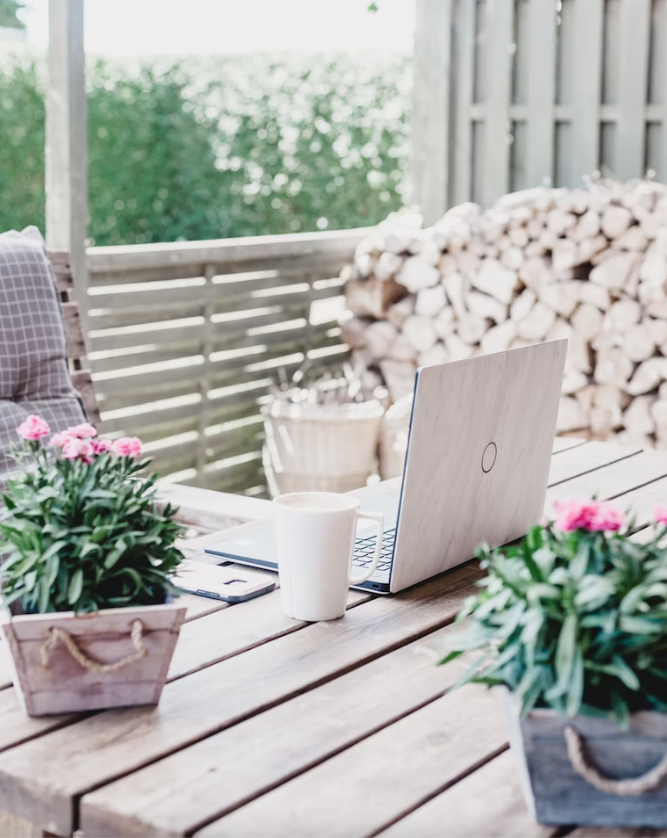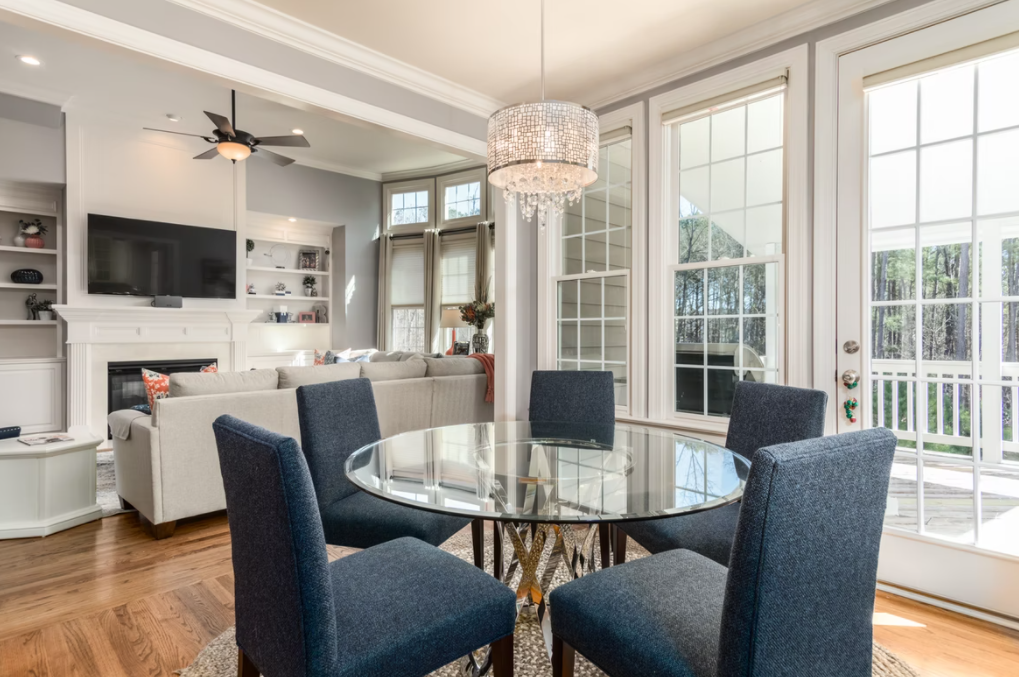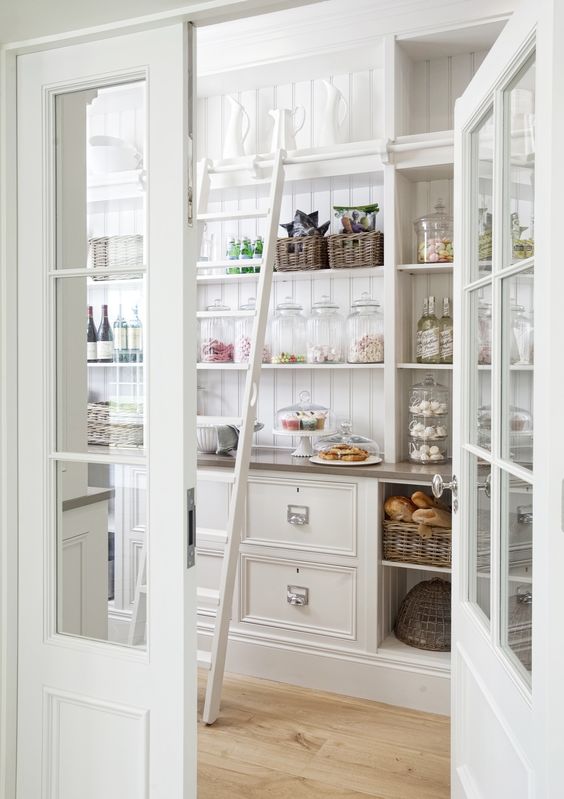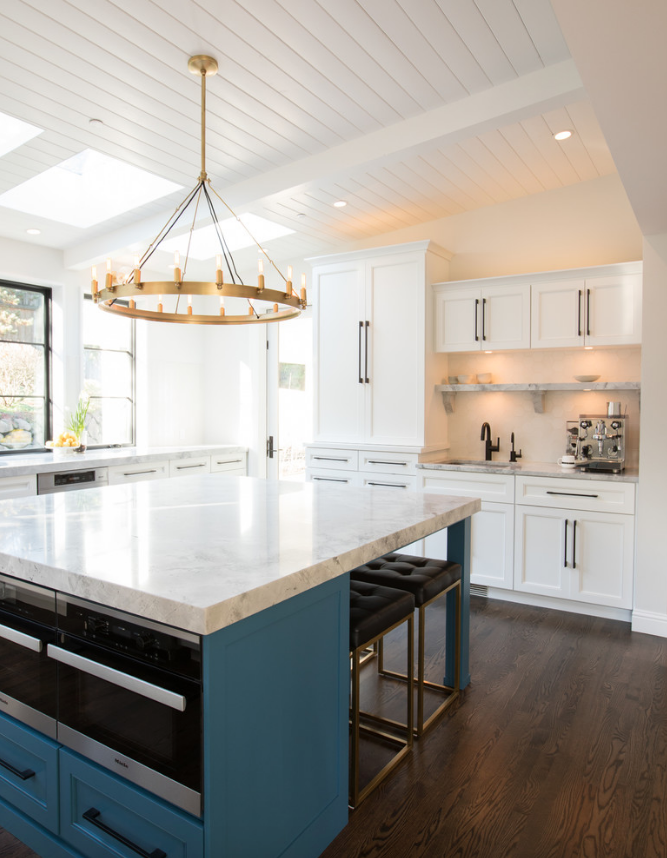Eco-Friendly Home Updates for a Healthier Living Space
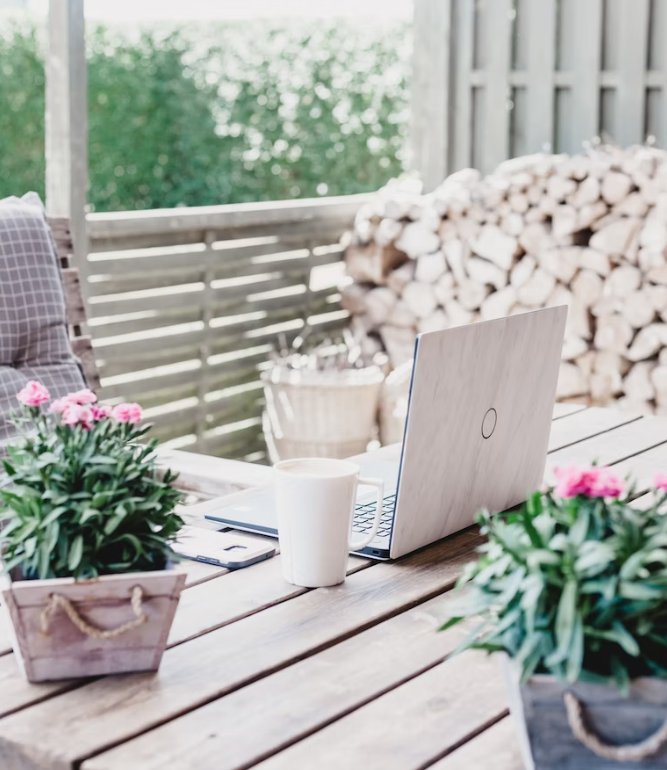
Sustainability is now a required element of building a house that is excellent for the general well-being of the surrounding area; it is not merely a trend!
As consumers start to consider their carbon impact, demand for ecologically friendly home improvements keeps growing. Little but significant adjustments made by households can help lower waste, save energy, and enhance indoor air quality, thereby improving living conditions.
Enhancing air quality using natural ventilation and plants
An indoor plants guide can be especially helpful in selecting the appropriate vegetation to improve air quality and support sustainable home activities. Adding houseplants is one of the easiest and most efficient approaches to establishing better home surroundings. Natural air cleaners and plants absorb toxins and release oxygen that might improve indoor air quality. Apart from their appearance, they assist in controlling humidity and, therefore, foster a more pleasant environment. Among the often-used air-purifying plants are spider plants, peace lilies, and snake plants. Combining these with appropriate ventilation—such as routinely opening windows or running air-purifying fans—ensures fresh air constantly moves throughout the house.
Sustainable materials for a green touch
Changing furniture, flooring, and décor to sustainable materials can help a house be more ecologically friendly. Great choices are flooring and furniture produced from bamboo, reclaimed wood, cork, and recycled materials since these encourage sustainable development by reducing deforestation. Using natural fiber materials for furniture, drapes, and rugs like organic cotton, wool, and linen lowers synthetic chemical exposure in the interior space. These materials not only impact the environment less but also provide individuality and warmth inside a house.
Energy-efficient appliances and lighting
A key component of sustainable living is cutting energy usage. While offering the same brightness level, replacing conventional incandescent bulbs with LED or CFL substitutes will greatly reduce electricity use. Energy-efficient appliances such as air conditioners with high Energy Star ratings, washing machines, and refrigerators cut long-term expenses using less power. Smart home solutions that control heating, cooling, and lighting depending on occupancy improve energy efficiency even more, facilitating sustainable living.
Water-saving techniques for a more beautiful home
Building an eco-friendly house calls for water conservation. Low-flow faucets, dual-flush toilets, and water-saving showerheads are simple adjustments that help cut water waste without sacrificing performance. Two other techniques to reduce water consumption are gathering rainfall for gardens and choosing drought-resistant plants for landscaping projects. A more sustainable house results from little changes in daily water use and quick leak repairs.
Eco-friendly cleaning solutions for a chemical-free environment
Many business cleaning supplies use strong chemicals that could compromise general health and indoor air quality. Turning to natural cleaning products, like vinegar, baking soda, and essential oils, helps drastically reduce pollutant exposure while preserving cleanliness. Reusable cleaning cloths, biodegradable sponges, and refillable cleaning product containers further cut waste and encourage better home environments.
Conclusion
Making a house more environmentally friendly requires minor improvements. Changes like adding plants, selecting sustainable materials, saving water and energy, and utilizing natural cleaning agents can greatly affect the surroundings and personal well-being. Following an indoor plant guide and implementing sustainable ideas will help homeowners create an aesthetically beautiful and environmentally conscious area. These deliberate decisions help the earth and provide a more harmonious and healthier place for living.


